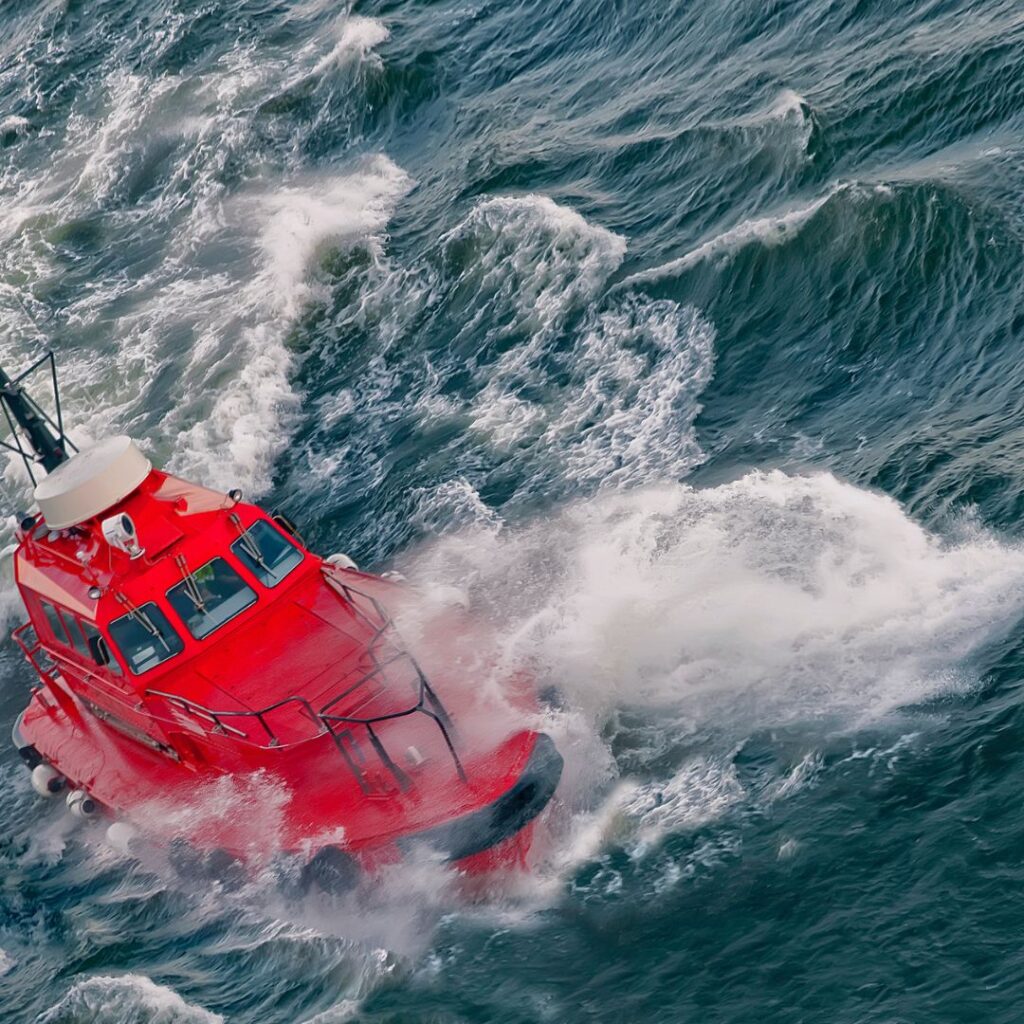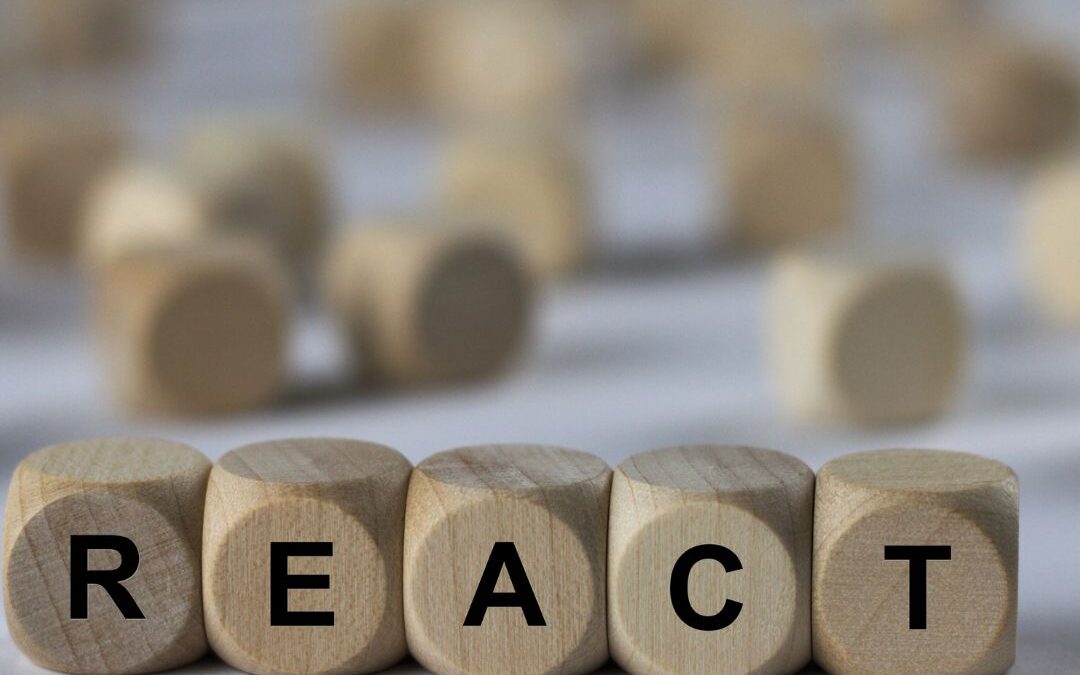Challenging moments, days or weeks are inevitable. It’s part of our dance with the unfolding of life. How we choose to be in those challenging moments tells us and our team more about who we are than any number of smooth sailing moments, days or weeks. How we respond in those moments also impacts how we feel within ourselves and the response we demand from our bodies as we get deep in the trenches.
It also speaks to how we see ourselves in this world.

Are we that boat on the stormy sea, pummeled by the relentless angry waves, or are we the boat on the sea carving out the best course of action that’s available to us at that moment, using the power of those waves to move us along to our chosen destination?
I know, easier said than done when you think about the first boat. What feelings rise up in your body now? Think about the second boat. Notice how you’re feeling when you imagine that second boat, stress leaves clues. How you see a situation where you’re the victim of it or the captain of your fate creates feelings that you feel in your body.
Those feelings will either send you into an anxious, indecisive state, or they’ll empower you to think and then act.

Those feelings are signposts of physiological responses that are happening in our body, and it’s important to return from high alert to rest and repair rather than lurching from one stormy sea to the next.
Lurching demand to demand is we burn our lives often. We don’t recognise the lurch until there’s an absence of it. And this is where active recovery makes all the difference, creating even micro-moments of openness, of spaciousness, of resetting so that you get to choose your next best action rather than reacting to what you’ve been interpreting as being in front of you.
Reacting is born out of survival mode
It’s driven by our amygdala. Our amygdala is that part of our brain that’s responsible for determining if something is a threat. It’s often referred to as the seat of our emotions, primarily our fear response, and it works with our limbic system to keep us alive by processing inputs and deciding if they’re a threat, but this fear response is a conditioned response.
It’s based on all the meanings we’ve made before the challenges that our amygdala reaction may determine that the new thing is very much like that other thing and that other thing was dangerous. So this event must be dangerous too.

Therefore, I need to fight, flee or freeze, and this is decided in an instant, but here’s the catch.
The new thing may not actually have much in common with the old thing. The person you are today has collected new skills, meanings and experiences since you dealt with that old thing. So what was once perceived as dangerous? It may not be dangerous now, of course, the caveat here is that we’re talking about events that elicit fear as opposed to dangerous things, like a log falling out of the fire or leaving the frying pan on with the stove elements still on.
Those things were and always will be dangerous and in need of a prompt response. When we respond to something, we engage our prefrontal cortex, and this is the part of our brain where the executive thinking takes place, it’s where we analyse, where we apply reason, compare risks to rewards, make decisions and solve problems.
When we react, because we’ve engaged the amygdala. We can only choose a course of action based on what we’ve done before, what we’ve heard before or what we’ve seen in the past. Choose to engage the prefrontal cortex instead, and suddenly other possibilities will come to mind, but here’s the tricky bit.
Reacting is in the moment
It rears up as the first line of response it’s referred to as the amygdala hijack. Strong emotions such as fear, anger or that super duper amp-up excitement take over and you’re simply not able to think. Do you know somebody who has told their boss to stick their job up the proverbial?

Have you ever driven with somebody triggered into road rage? That’s the amygdala hijacking action, and it’s a normal physiological response now, what matters most is that you notice it at the moment and that you move on from it before you buy the thing or put that bet on or yell at your boss.
This reaction is diluted when there’s a delay. This is where choosing to respond comes in. So, you’re in the moment and you’re pissed. You’re red in the face, you can hear your blood pressure pounding in your ears. What do you do? Well, the first thing you want to do is breathe, consciously, slowly in and out, until the intensity of your reaction begins to dilute.
delay your reaction
Put a smile on your face. It increases dopamine, serotonin, and it gets those endorphins going. Now that you’ve created that space, ask yourself, how will I choose to respond to this? Or ask yourself, what’s my next best action in relation to this? Now, for the most important step?

Wait. Oh, I know you don’t want to. What’s with the waiting? Well, it introduces a delay in the data being fed to your amygdala, because there’s an inverse relationship between your amygdala and your prefrontal cortex, so when your amygdala is busy, your prefrontal cortex simply can’t get a word in edgeways.
Create delay, and you give your prefrontal cortex an opportunity to get to work. Now, once your prefrontal cortex is in the driving seat, you’re able to bring a variety of possibilities, some never tried before, and double bonus, your amygdala has no choice but to take a back seat.
So next time you’re in the midst of something challenging, remember, your amygdala wants you to be safe, but it only knows safety based on the meanings that were made before. Choose to take a breath and put your prefrontal cortex in the driving seat. Choose to respond rather than react.

